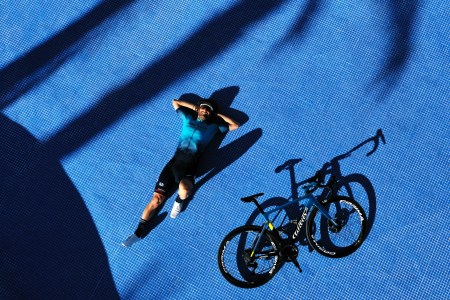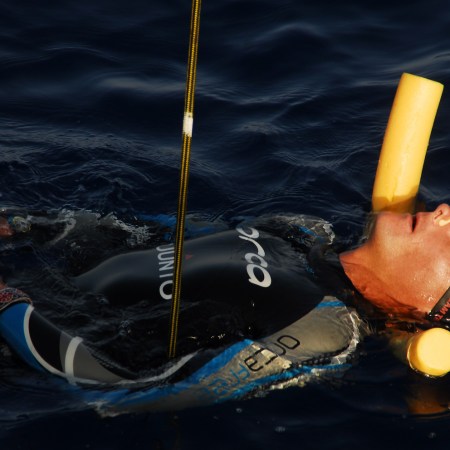Today in Apple Health biometrics to know: cardio recovery. Also known as heart rate recovery (HRR), it’s a measurement of how quickly the heart returns to its resting rate after vigorous exercise.
Imagine yourself at the end of a workout. Let’s say you’ve been running some stairs at the high school football field. However long you’ve been chugging up and down those bleachers, we can “calculate” your cardio recovery by subtracting your HR just after the activity, from whatever elevated rate you reached there at the end.
Why “Autoregulating” Your Workouts Is So Important
Elite athletes do it. So why don’t you?What It Means
Researchers have studied the impact of cardio recovery since the early 1990s, and typically zero in on the “HRR fast phase” rate. Meaning: they compare your workout HR to its resting heart rate just 60 seconds later. The average cardio recovery after a minute of rest is 18 bears or higher, according to the Cleveland Clinic.
Broadly speaking, a higher rate is better — it’s illustrative of your heart’s ability to ease back into a resting state, to stop working so damn hard. The heart understands you’re now splayed out on the track and stretching…not running stairs.
It’s easy to forget that this part of the workout matters. When you’re panting, overheated and a little delirious, you’re probably building your breakfast sandwich reward in your brain, not assessing your heart rate monitor to see if it’s relaxing into an improved recovery state. But this is where adaptive training occurs and cardiovascular fitness improves.
How to Improve Upon It
How do you get your cardio recovery up from whatever your current rate is, to a difference of 30 or even 40 beats per minute? Unsurprisingly: a mix of regular cardio and HIIT is your best bet. Keeping in mind that different people respond differently to training, this is a solid prescription for seeing a one-month difference in cardio recovery:
- Weeks 1-2: Incorporate three to sessions of steady-state cardio (jogging, cycling, brisk walking, swimming, etc.) for 30-40 minutes. These efforts should be at a moderate intensity.
- Weeks 3-4: Add one to two sessions of HIIT (stairs, box jumps, hill sprints, burpees, assault bike intervals, jump rope, etc.) At the most barebones level, these efforts should be “half minute on, full minute off.” For example, 30 seconds of sprinting followed by one minute of rest, repeated 10-15 times.
As you pepper these efforts into your routine, mind all the other “controls” to the best of your ability, because they’ll impact cardio recovery, too. Things like: getting at least seven hours of sleep a night, drinking enough water each day, fueling accordingly as you train more. (We’d rather you build the breakfast sando of your dreams than fall into energy deficiency…a peril of overtraining.)
Extend Your Efforts
You may notice that isolating just a single biometric — and working to set it off in the right direction — can have a tangible impact on the rest of your health.
Please don’t perceive this as a PSA to obsesses over cardio recovery (you may then fall into the “nocebo” trap, in which training suffers on account of constant fitness tracking). Just use it as the handy benchmark that it is, an imperfect yet robust descriptor of heart health.
The real reward, from exercising to improve one’s cardio recovery…is more exercise. Consider an extended interval session where you’re actually not finished with the workout. What if you could leverage your cardio recovery to jog a lap of “active rest” in between each sprint up the stairs? Assuming your heart is stable and plowing along, the effort doesn’t have to end.
This may well sound like torture now. But as any elite athlete will tell you (and as this writer, who has brushed up against cardiovascular glory a couple times, will also attest) there are few feelings more powerful than extending a workout because you want to, and ending it on your own terms.
The Charge will help you move better, think clearer and stay in the game longer. Subscribe to our wellness newsletter today.

















